
The expansive marble-paved courtyard of Jama Masjid. Built during Ahmed Shah’s reign in the 15th century, it is one of the largest mosques in the Indian subcontinent. , Photo Credit: Flickr, Wikimedia Commons
When I arrived, Ahmedabad greeted me with its charming downpour, a perfect antidote to Chennai’s relentless heat. Ahmedabad, formerly known as Karnavati, was renamed by Sultan Ahmed Shah after 1411. The city’s 10-km wall, originally built with 12 gates and 189 bastions, and later fortified with 6,000 additional ramparts, whispers tales of its storied past. As a foodie and traveller, I was enchanted by the 600-year-old city, where every nook and cranny revealed fascinating historical nuggets and the aroma of streetfood was simply irresistible. In 2017, UNESCO recognized Ahmedabad as a World Heritage City, acknowledging its old-world charm, Indo-Saracenic tombs, mosques made by African descendants, architecture inspired by Hindu and Jain traditions, and the beautiful Sabarmati River flowing through the city.
Sabarmati Ashram
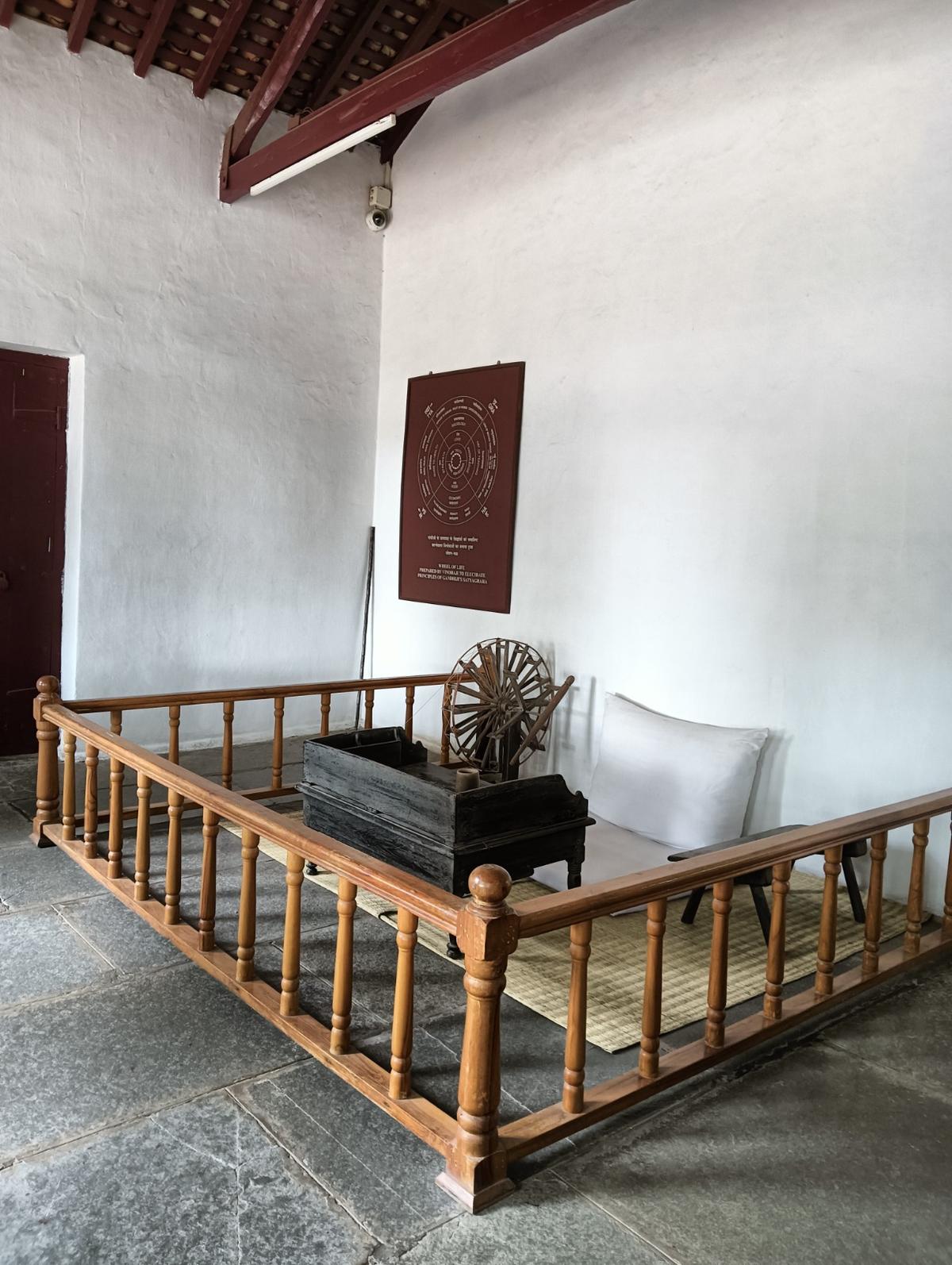
Upon his return from South Africa, Gandhi established his first Ashram in Kochrab on May 25, 1915. It was later relocated to an open area overlooking the Sabarmati River on June 17, 1917. Known as Harijan Ashram, Gandhi lived here from 1917 until 1930. Originally called Satyagraha Ashram, it was from this very place that Gandhi launched the famous Dandi March on March 12, 1930, to protest against the British Salt Tax. , Photo Credit: KS Swati
Bhadra Fort
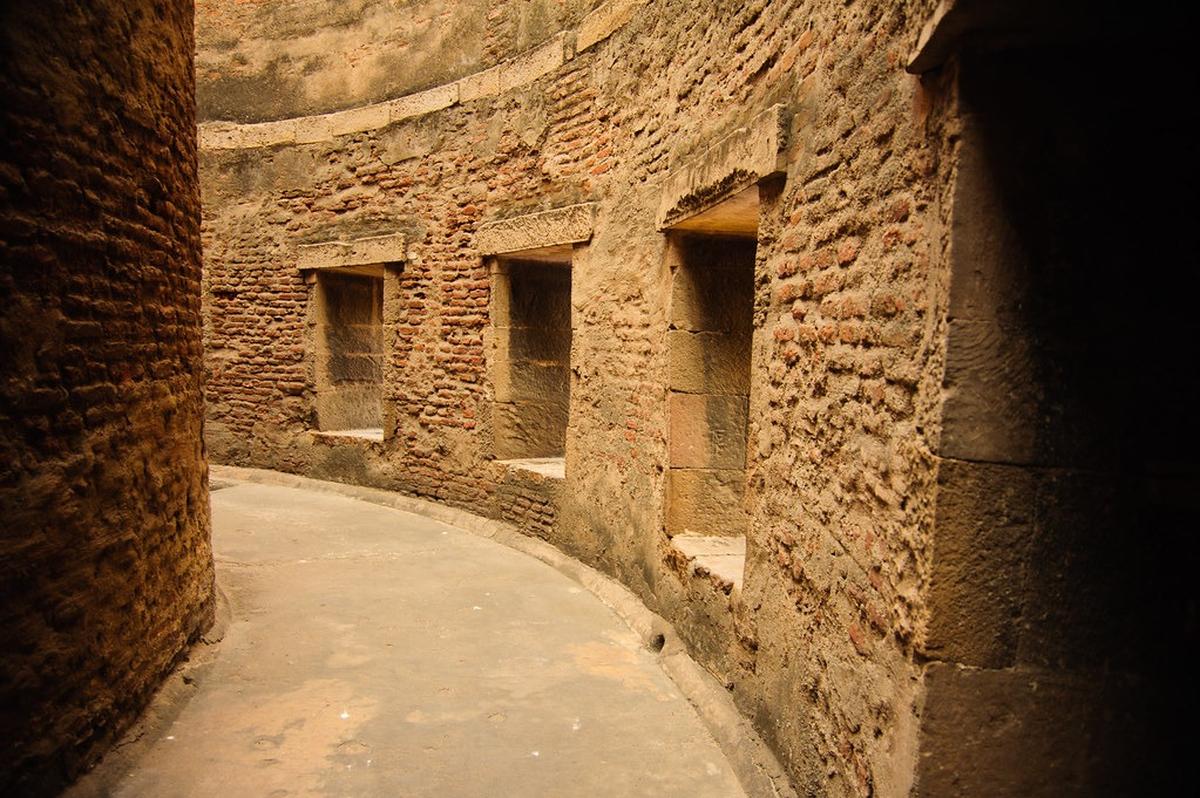
The moment I entered Bhadra Fort, I could sense the layers of history etched into its walls. Founded in 1411 by Ahmed Shah, Bhadra Fort is also known as Arak Fort. It is part of the oldest enclave of the city and is named after Bhadra Kali temple which is situated inside and was added by the Marathas. The Mughal Empire built the Azam Khan Sarai in the 17th century, and the British added a clock tower in the 1870s. Originally used as a court, the fort was converted into a prison during the British rule. , Photo Credit: Flickr, Wikimedia Commons
Sidi Sayed Mosque
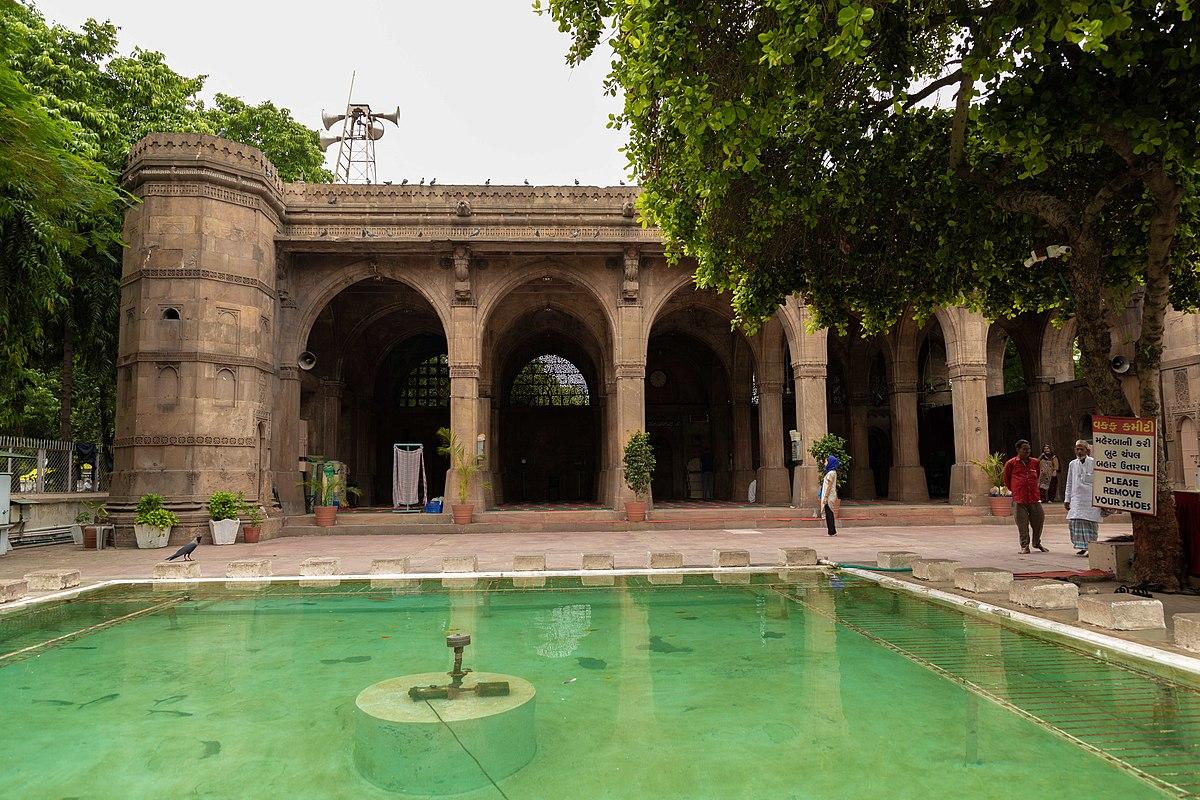
The Sidi Sayed Mosque, popularly known as Sidi Sayed ni Jali, is known for its intricate jaali and latticework. I was truly blown away by the ‘tree of life’ depiction, in which the branches are intricately intertwined. It is a symbolic representation of the city as well as the logo of the prestigious Indian Institute of Management Ahmedabad. The symbol can be seen everywhere in the city. It was built in 1572-73 AD by Sidi Sayed, an Abyssinian saint of African descent who served in Ahmed Shah’s army. , Photo Credit: Flickr, Wikimedia Commons
Ahmed Shah’s First Royal Mosque
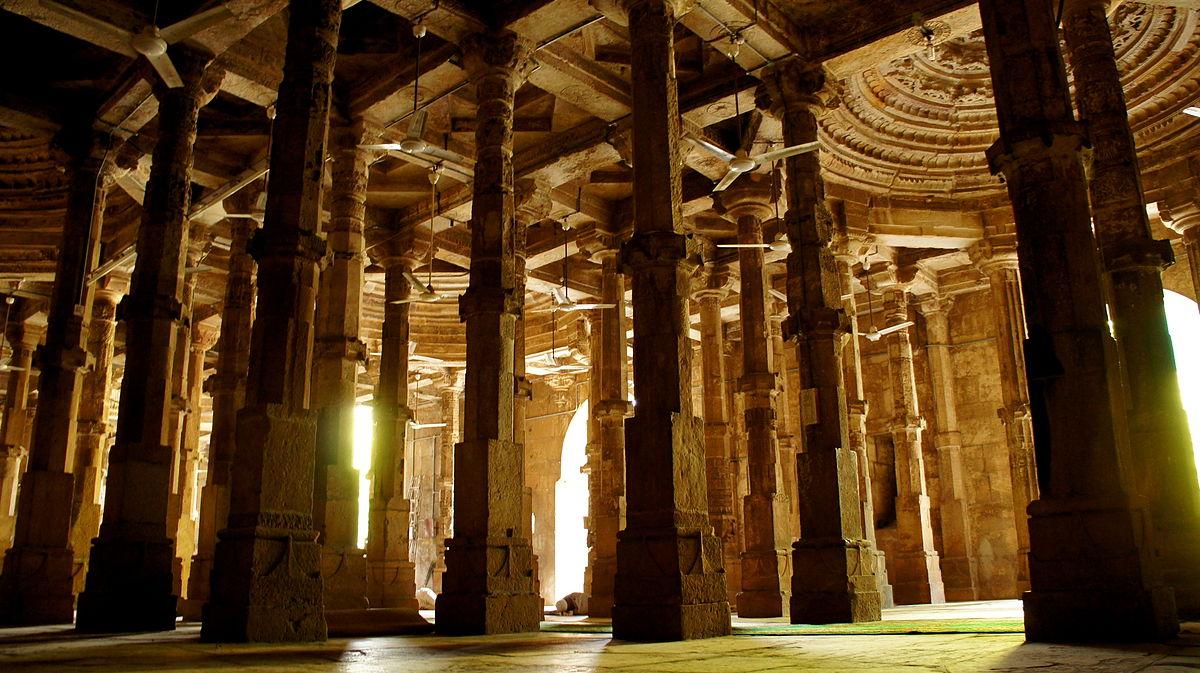
Have you ever entered a mosque where none of the pillars nor minarets are identical? That’s the uniqueness of Ahmed Shah’s First Royal Mosque. Built in 1414 by Ahmed Shah, it is the oldest mosque in Ahmedabad. It exemplifies the Gujarat style of Indo-Islamic architecture, with its facade featuring carved panels, two minarets on either side, and stone screens adorned with jaali-work to filter sunlight. , Photo Credit: Flickr, Wikimedia Commons
Jama Masjid
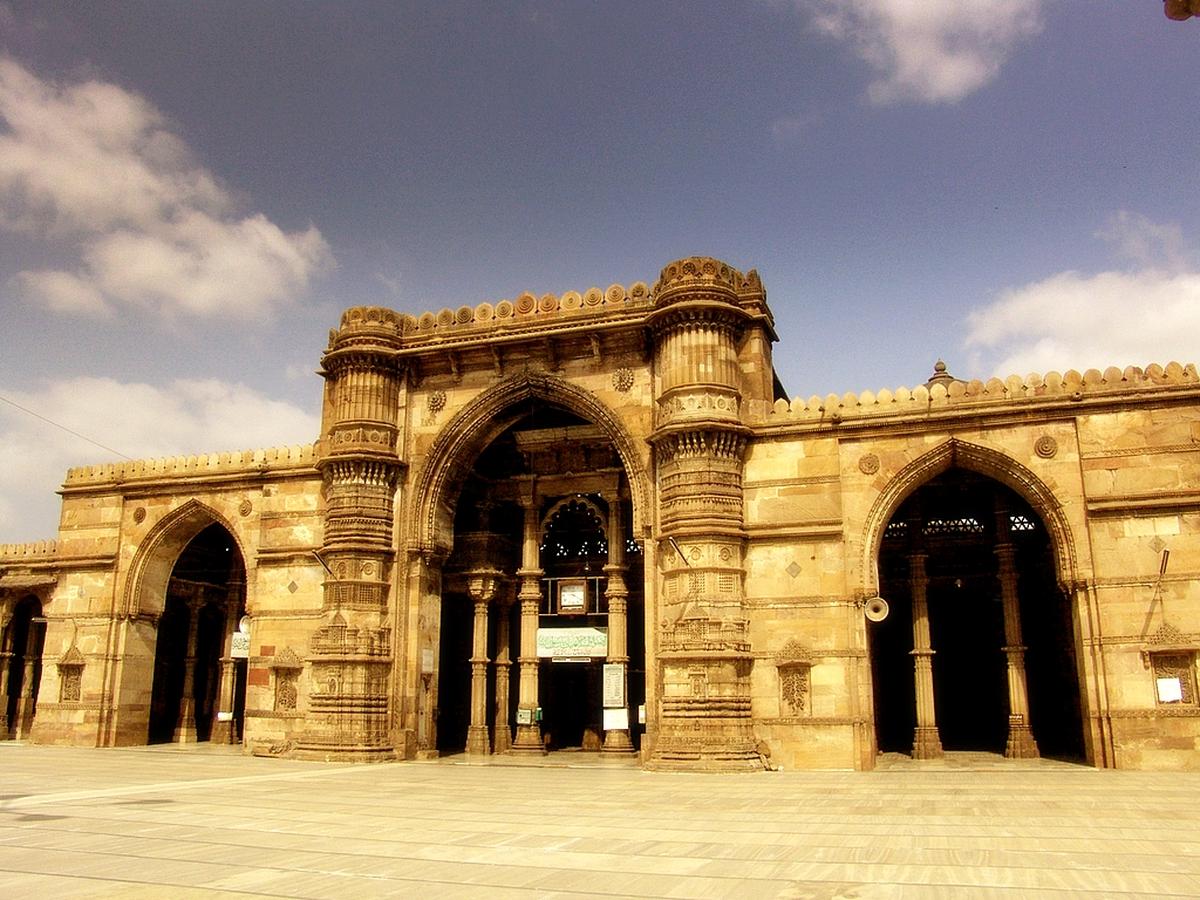
After a long day exploring one of India’s most culturally rich cities, a sense of peace washed over me as I entered the expansive marble-paved courtyard of Jama Masjid. Built during Ahmed Shah’s reign in the 15th century, it is one of the largest mosques in the Indian subcontinent. The courtyard features an ablution area at its center, surrounded by colonnaded galleries with Arabic and Urdu inscriptions. The mosque’s architecture beautifully blends Hindu and Jain influences, as seen in the lotus-like carvings on some tombs, reminiscent of Jain temples. , Photo Credit: Flickr, Wikimedia Commons
(The writer was in Ahmedabad at the invitation of ITC Narmada)

